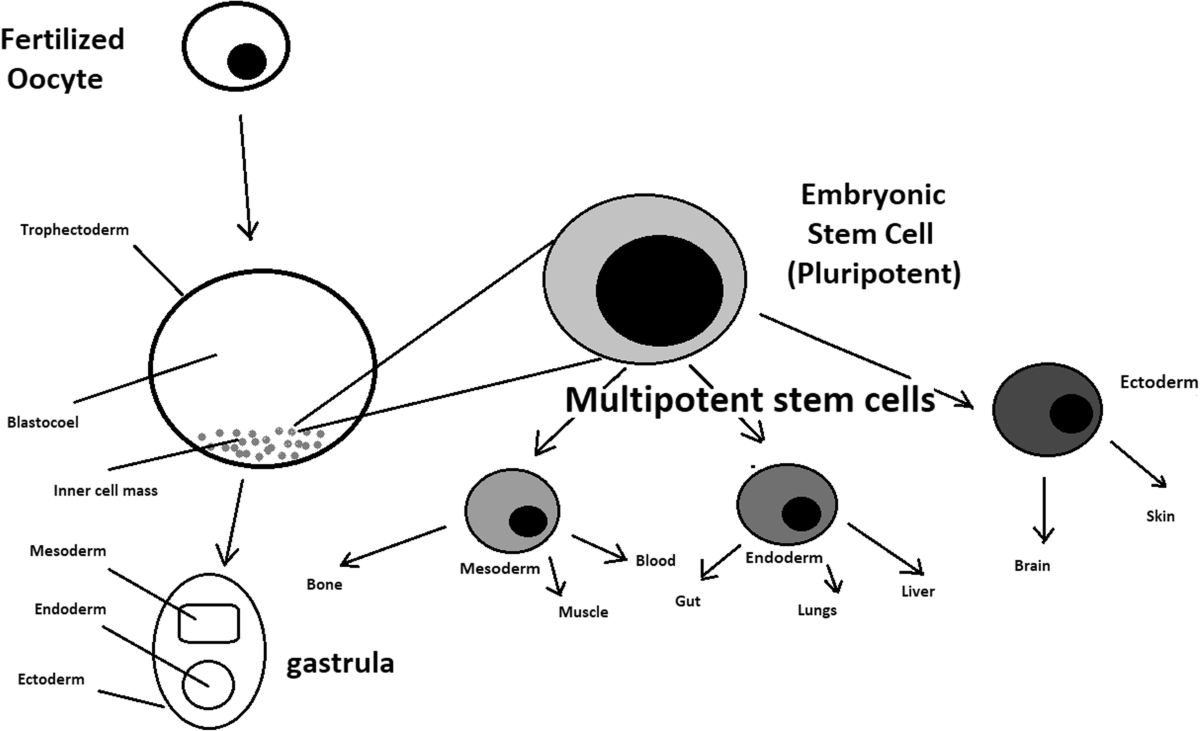
[/image][=video]
[/video]
Many sites utilized for bone marrow harvesting are situated in the hip bones and the breast bone. In recuperation, the benefactor might experience some discomfort in the locations where the needle was placed.

If an autologous transplant is prepared, formerly collected stem cells, from either outer (apheresis) or harvest, are counted, evaluated, and prepared to instill. The prep work for a bone marrow transplant vary depending upon the sort of transplant, the disease needing transplant, and your resistance for sure medications. Take into consideration the following: Frequently, high doses of radiation treatment and/or radiation are included in the prep work.
This therapy is often called ablative, or myeloablative, due to the effect on the bone marrow. The bone marrow creates a lot of the blood cells in our body. Ablative therapy avoids this procedure of cell manufacturing and the marrow comes to be vacant. An empty marrow is required to make space for the brand-new stem cells to expand and develop a new members cell manufacturing system.
It is not a surgical treatment to put the marrow right into the bone, however is similar to obtaining a blood transfusion. The stem cells find their way right into the bone marrow and begin recreating and expanding brand-new, healthy and balanced blood cells. After the transplant, supportive care is provided to avoid and treat infections, negative effects of treatments, and problems.
Menopause Therapy in Flint
The days prior to transplant are counted as minus days. The day of transplant is considered day absolutely no. Engraftment and healing adhering to the transplant are counted as plus days. A person might get in the healthcare facility on day -8 for preparative regimen. The day of transplant is numbered no. Days +1, +2, etc, will adhere to.
The days are numbered to help the individual and household understand where they remain in terms of dangers and discharge preparation. During infusion of bone marrow, the person may experience the following: Pain Chills Fever Hives Breast discomfort After mixture, the client may: Invest numerous weeks in the medical facility Be extremely at risk to infection Experience too much blood loss Required blood transfusions Be confined to a clean atmosphere Take several prescription antibiotics and other medicines Be provided medicine to stop graft-versus-host diseaseif the transplant was allogeneic.
Platelets are normally the last blood cell to recoup. Engraftment can be postponed due to the fact that of infection, medications, low donated stem cell count, or graft failure.
Microbial infections are the most usual. Viral and fungal infections can be deadly. Any kind of infection can cause an extended healthcare facility remain, prevent or postpone engraftment, and/or reason irreversible body organ damages. Anti-biotics, antifungal medicines, and antiviral medicines are often provided to attempt to avoid severe infection in the immunosuppressed individual. Thrombocytopenia (reduced platelets) and anemia (low red cell), as a result of a nonfunctioning bone marrow, can be hazardous and also lethal.
Liquid overload is a complication that can lead to pneumonia, liver damage, and high blood pressure. The primary reason for fluid overload is due to the fact that the kidneys can not keep up with the big amount of fluid being given in the kind of intravenous (IV) medications, nutrition, and blood items.
Hormone Therapy

Breathing condition is a crucial feature that might be jeopardized throughout transplant. Infection, swelling of the air passage, fluid overload, graft-versus-host condition, and blood loss are all prospective dangerous problems that might take place in the lungs and pulmonary system. The liver and heart are crucial organs that might be damaged during the transplant procedure.
Failing of the graft (transplant) taking hold in the marrow is a prospective problem. Graft failure might take place as a result of infection, reoccurring disease, or if the stem cell matter of the contributed marrow was inadequate to cause engraftment. Graft-versus-host condition (GVHD) can be a severe and serious issue of a bone marrow transplant.
Rather than a body organ transplant where the patient's body immune system will try to decline only the hair transplanted body organ, in GVHD the brand-new or hair transplanted body immune system can assault the whole patient and all of his or her organs. This is due to the fact that the brand-new cells do not recognize the cells and organs of the recipient's body as self.

One of the most common websites for GVHD are GI tract, liver, skin, and lungs. Diagnosis greatly relies on the following: Kind of transplant Kind and extent of the condition being dealt with Disease reaction to therapy Genetics Your age and total wellness Your resistance of specific medications, procedures, or treatments Seriousness of problems Just like any kind of treatment, in bone marrow transplant the prognosis and long-term survival can differ substantially from individual to person.
Regenerative Therapy
Continual follow-up care is crucial for the individual adhering to a bone marrow transplant. New techniques to boost therapy and to decrease problems and adverse effects of a bone marrow transplant are constantly being uncovered.
Accessed June 5, 2017. The hope is to bring back damaged tissue that will certainly not effectively heal by itself. Regenerative medication therapies can be separated into 3 classifications: promote recovery by infusing or positioning online cells into the person. Instances of mobile treatment consist of PRP and stem cell therapies, which can be made use of to deal with tendinopathy and various other sports injuries.
Outer nerves, for example, include Schwann cells, nerve fibroblasts, and immune cells, each playing a duty in nerve regrowth, as gone over below. Stem cell therapy is one of the most thoroughly looked into and appealing branches of cell regrowth treatment. Some cells, such as epithelial cells in the skin or the lining of the stomach tract, have a high turnover rate and can regenerate restorePromptly
Navigation
Latest Posts
Medical Group in Flint
Perimenopause Treatment
Menopause Therapy